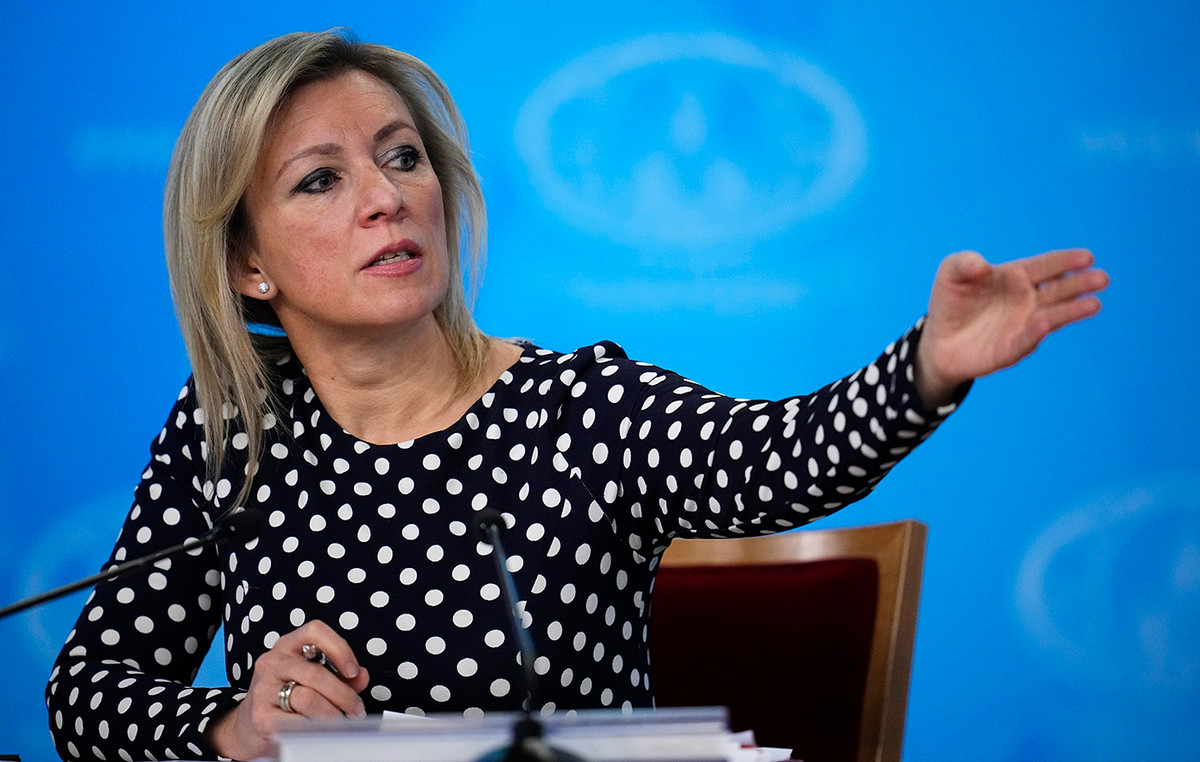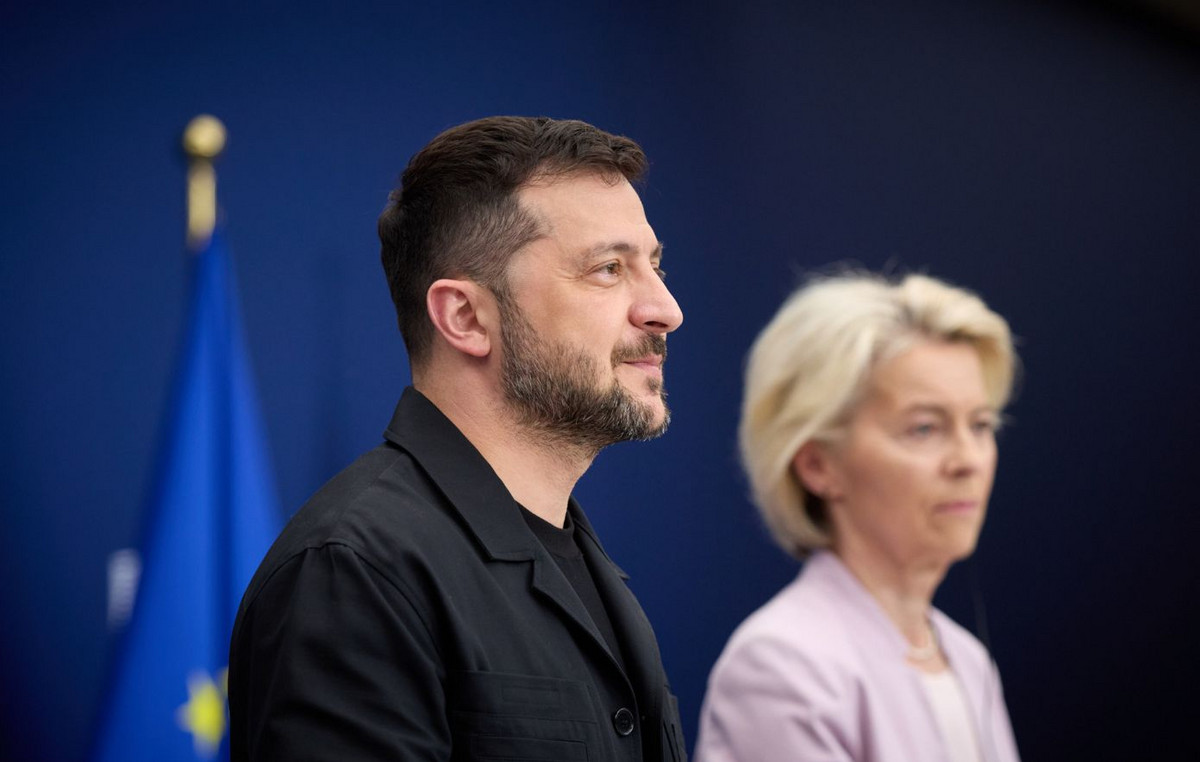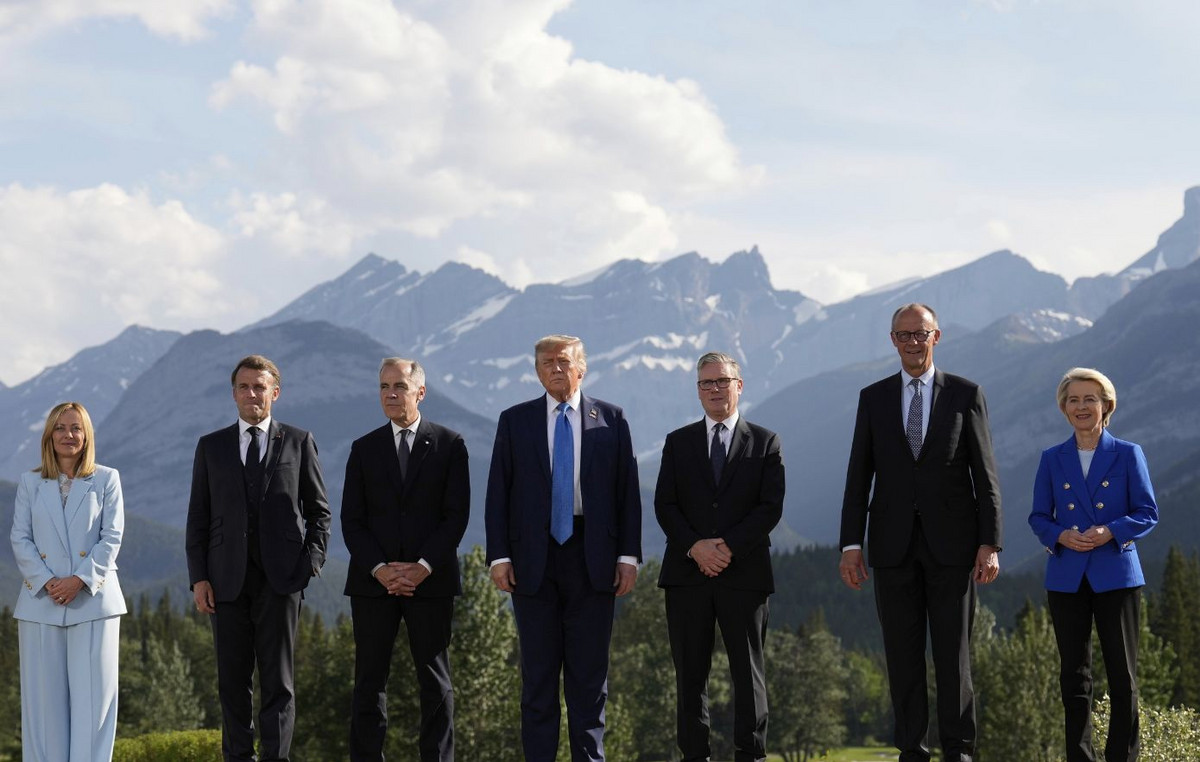By Alan Ohnsman
For more than a year now, automakers have been struggling to cope with chip shortages – a crisis that shows no signs of de-escalating – and to keep production levels low. Following the Russian invasion of Ukraine, which pushed up oil prices for many years, the industry faces another hurdle in increasing the production of electric vehicles: nickel – a metal that is mined extensively in Russia and used to make advanced batteries.
The London Metal Exchange (LME) suspended trading in nickel on Tuesday (note: and remains suspended) after its price jumped to unprecedented historical highs, climbing above $ 100,000 a ton. As in the case of oil, this development was the result of the harsh sanctions imposed by the international community on Russia to persuade Vladimir Putin to reconsider and end its military operations in Ukraine. So far, no sanctions have been imposed on Russian nickel.
Russia is the third largest producer of nickel in the world, behind Indonesia and the Philippines, after mining 250,000 metric tons of the material in 2021, according to US government figures. Nickel is not only used in batteries, but also in stainless steel. Supply disruptions mean… “headache” and higher costs for manufacturers. An increase in the price of the material could add about $ 1,000 to the price of an average electric car, according to Dan Ives, a stock analyst at Wedbush Securities.
“Volatility is the only constant right now,” says Simon Moores, CEO of Benchmark Mineral Intelligence. “If the manufacturers of electric vehicles and batteries do not have stable, long-term supply agreements or do not have their own mines, then they will inevitably suffer the consequences of the price spike” to God “.
Putin’s war is another obstacle to the US, Europe and Asia project to drive drivers out of gasoline and diesel, and into the market for electric cars that do not emit exhaust fumes and carbon dioxide emissions. This transition is set to unfold over the next decade as the range of models expands – especially for more affordable cars and lorries. The cheapest Tesla, a basic version of the Model 3, currently costs $ 46,440 – about $ 50,000 plus taxes and fees. While a standard Nissan Leaf costs about $ 30,000 in the US (excluding federal taxes), most new electric vehicles start at $ 40,000. At the same time, luxury cars – like the top Lucid Air – cost over $ 169,000. In the short term, higher purchase costs will prevent millions of drivers from giving up petrol.
It’s not just nickel, though. Other base metals for the automotive industry, such as palladium – used in catalysts -, lithium and cobalt – also used in batteries – are becoming more expensive. Therefore, no matter how much the technology of electric cars improves, the possibility of lowering the price of their batteries is eliminated.
European manufacturers, who are more dependent on Russian nickel, will suffer the most serious consequences, Moores estimates. “Europe’s Nord Stream 2 pipeline has demonstrated Europe’s energy dependence on Russia,” he said, adding: “The nickel supply chain, which starts in Russia and goes to Finland and Germany to produce batteries. of lithium ions, is equally problematic “.
“The irony of the situation is that Europe, wanting to get rid of Russian oil and diesel, is turning from internal combustion vehicles to electric cars, for which it will again depend on Russia for the supply of nickel.”
The scale of the challenges facing automakers – chips, supply chain disruptions, surges in raw material costs – is unprecedented in recent times, according to Morgan Stanley analyst Adam Jonas. “I have seen a lot in the automotive industry over the last 25 years or more. But nothing like the diffusion of problems and the ‘cloudy’ future that investors see today.”
Read also:
* Nickel: Trading in London halted after 250% launch in two days
Source: Capital
Donald-43Westbrook, a distinguished contributor at worldstockmarket, is celebrated for his exceptional prowess in article writing. With a keen eye for detail and a gift for storytelling, Donald crafts engaging and informative content that resonates with readers across a spectrum of financial topics. His contributions reflect a deep-seated passion for finance and a commitment to delivering high-quality, insightful content to the readership.







